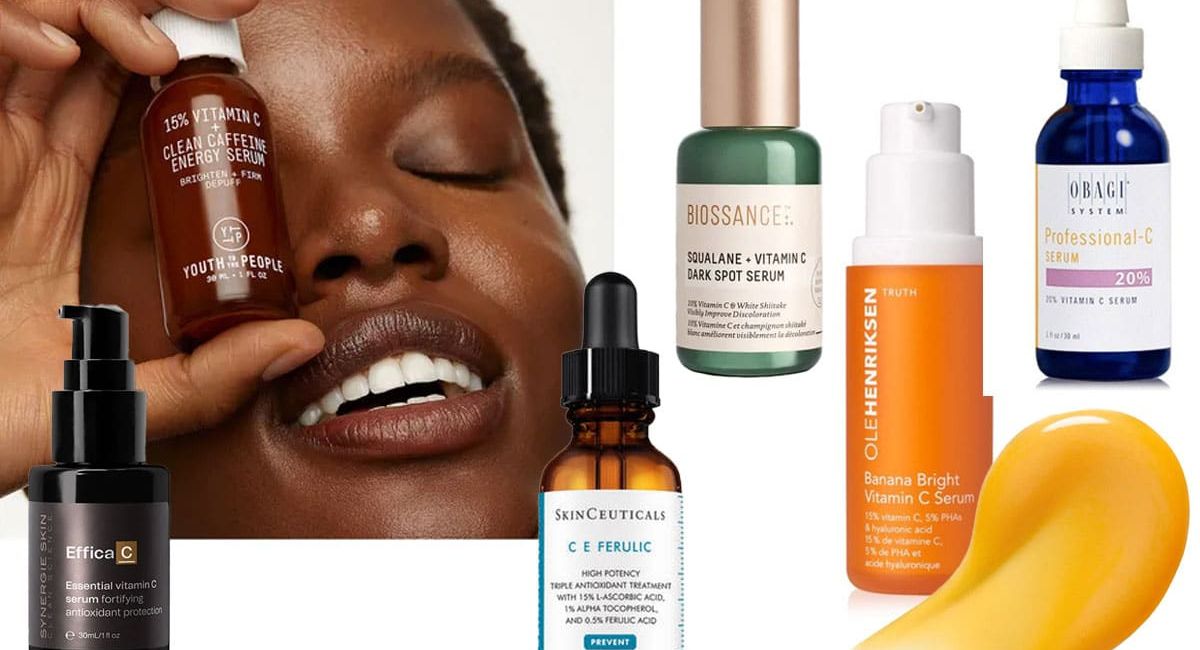Have you ever caught your face in a mirror and thought, “Why does my skin look tired even when I’m not?” Or wondered why dark spots hang around long after a pimple leaves? You’re not alone. One small but mighty product consistently lifts dullness, softens fine lines, and evens skin tone: a well-formulated Best vitamin C serum. In this guide, you’ll learn exactly how vitamin C works, how to choose the best vitamin C serum for radiant skin, how to use it for maximum glow, and how to avoid the common mistakes that waste money and results. By the end, you’ll know what to buy, how to apply it, and what to expect—no guesswork.
What a vitamin C serum actually is and why it matters
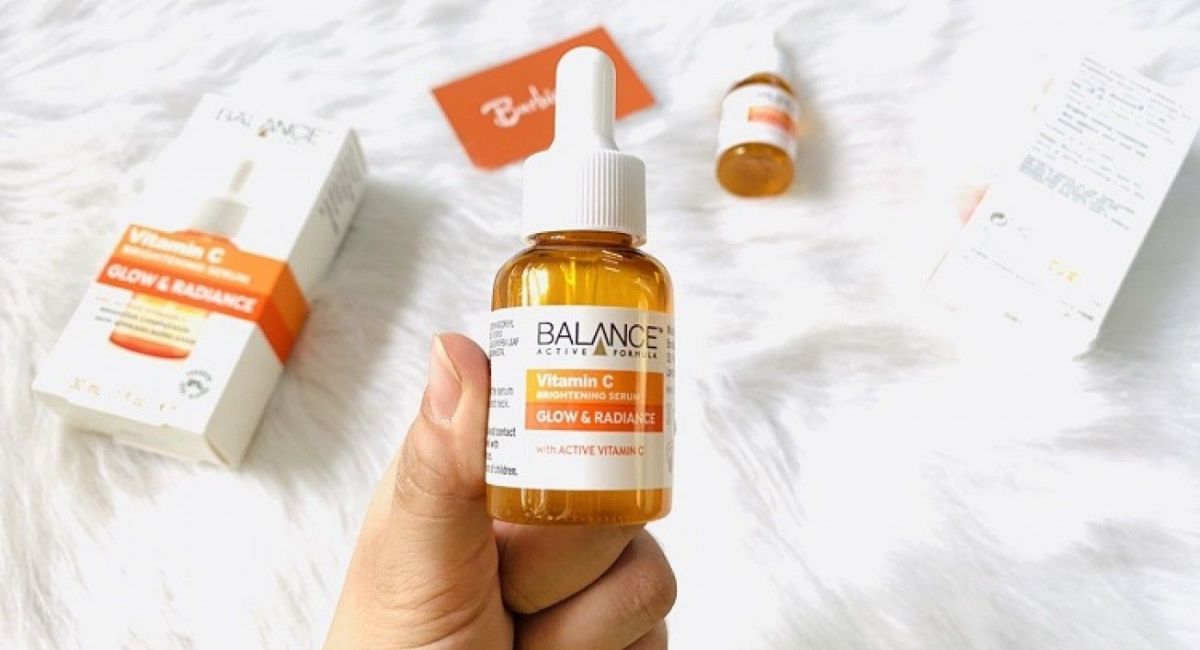
Vitamin C serum is a concentrated, fast-absorbing treatment designed to deliver a high dose of antioxidant vitamin C directly into your skin. It isn’t just a “brightening” buzzword. Vitamin C (especially L‑ascorbic acid and its stabilized derivatives) neutralizes free radicals from UV exposure and pollution, supports collagen production, and interferes with the pathways that lead to dark spots and uneven tone. That’s why a good vitamin C serum is one of the most recommended steps for radiant, bouncy, even-looking skin.
When people say vitamin C makes them glow, they’re noticing several things at once: a smoother skin surface that reflects light better, less redness from calmer skin, and a gradual fade in hyperpigmentation. Add in firmer texture over time, and you’ve got that “well-rested” look even on busy days.
How vitamin C works on skin for glow, firmness, and even tone
Vitamin C is a multitasker, but here’s the plain-English breakdown of why it earns a permanent spot in morning routines.
- Antioxidant shield against daily damage:
Free radicals from sunlight, smoke, dust, and blue light stress your skin and break down collagen. Vitamin C donates electrons to neutralize those free radicals before they trigger inflammation and premature aging. - Collagen support for firmer skin:
Collagen is your skin’s scaffolding. Vitamin C is a cofactor for enzymes that stabilize and cross-link collagen fibers, which is why consistent use can visibly soften fine lines and improve elasticity. - Pigment pathway interruption for dark spots:
By limiting the activity of tyrosinase (an enzyme involved in melanin production) and interfering with pigment transfer, vitamin C gradually fades post-acne marks, sunspots, and uneven patches. - Barrier and redness balance:
Antioxidant protection helps calm irritation and supports a healthier barrier. That often shows up as less blotchiness and a more even overall tone.
Types of vitamin C in skincare and how to pick the right one
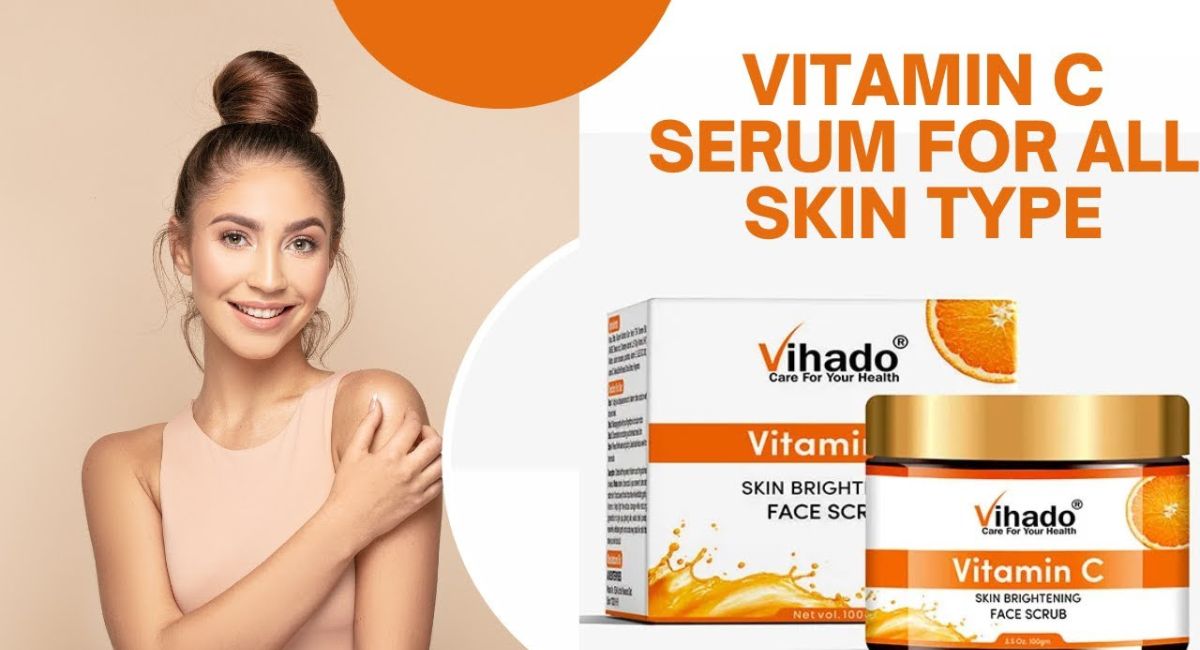
Not all vitamin C serums feel or perform the same. The “best” for you depends on your skin type, tolerance, and goals.
The main forms you’ll see on labels
- L‑ascorbic acid (LAA):
The pure, water-soluble form with the most research. It works quickly at low pH and delivers strong brightening and antioxidant benefits. Downsides: it can tingle, oxidize fast, and irritate very sensitive skin if too strong. - Sodium ascorbyl phosphate (SAP):
A gentle, water-soluble derivative that converts to ascorbic acid in skin. It’s popular for acne-prone and sensitive skin because it’s less irritating and may help reduce breakouts. - Magnesium ascorbyl phosphate (MAP):
Another gentle, water-soluble form that targets brightening and hydration with less sting. Great starter vitamin C for reactive skin. - Ascorbyl glucoside (AA2G):
Stable and water-soluble; brightens and evens tone. Tolerated by most skin types, and you’ll see it in lightweight formulas. - Tetrahexyldecyl ascorbate (THD):
An oil-soluble vitamin C derivative that penetrates well through lipids. Often found in serums with squalane or oils; good for dry or mature skin and those who dislike the “sticky” feel of watery LAA formulas. - 3‑O‑ethyl ascorbic acid:
A newer, stable form with good brightening potential and less irritation than LAA. Frequently used in modern, lightweight serums.
Match the form and strength to your skin type
- Normal/combination skin wanting faster results:
Try L‑ascorbic acid around 10–15% to start. If you tolerate it, 15–20% offers stronger results. - Sensitive or easily irritated skin:
Start with SAP, MAP, or ascorbyl glucoside at 2–5%. Build up to 5–10% as tolerated. THD at 5–10% in a nourishing base is another gentle option. - Oily or acne-prone skin:
Look for SAP or LAA in a light, water-based serum with a non-sticky finish. Niacinamide in the same routine can help oil control and pore appearance. - Dry or mature skin:
THD in squalane or a serum with LAA plus vitamin E can feel comfortable, support barrier lipids, and enhance photoprotection. - Melasma or stubborn hyperpigmentation:
Consider LAA 15% paired with ferulic acid and vitamin E, or 3‑O‑ethyl ascorbic acid 10–20%. Pair with daily sunscreen religiously.
What makes the “best” vitamin C serum: a quick checklist
Use this buyer’s guide to separate hype from quality. A great formula usually ticks most of these boxes.
- Effective concentration:
For LAA, 8–20% is the sweet spot. For derivatives, look for brand-stated equivalency or opt for 5–20% depending on type and your tolerance. - Smart supporting cast:
Ferulic acid, vitamin E (tocopherol), and soothing humectants (glycerin, hyaluronic acid) improve stability, comfort, and results. - Thoughtful packaging:
Opaque, airless pump or dark glass with a small opening slows oxidation. Clear, open jars are a red flag. - pH and texture clues:
LAA works best at low pH (around 2.5–3.5). That can feel slightly tingly but shouldn’t burn. Derivative serums can be closer to skin’s natural pH and feel gentler. - Stability and freshness:
Fresh batches, smaller bottle sizes, and a formula that stays clear to pale champagne for longer. Dark yellow to brown = oxidized and less effective. - Fragrance and irritants:
Fragrance-free or very low fragrance is safest, especially for sensitive or acne-prone skin. Minimal essential oils if you’re reactive. - Finish that suits you:
Water-light and fast-absorbing for oily climates; cushy, oil-based or gel-serum textures for dry skin. You’ll use it consistently only if it feels good.
How to use vitamin C serum for maximum glow (without irritation)
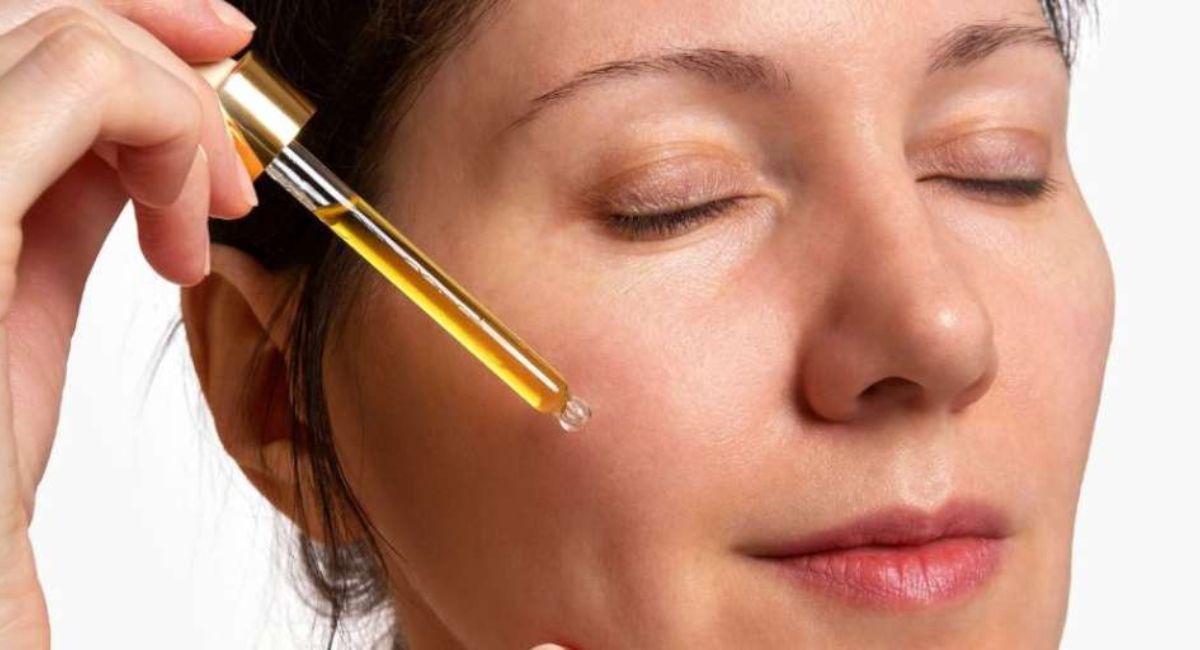
Getting vitamin C right isn’t complicated, but timing and layering matter.
Morning routine that works
- Cleanse:
Use a gentle face wash. Harsh cleansers can weaken your barrier and increase sting. - Apply vitamin C serum:
2–4 drops for face and neck on clean, dry or slightly damp skin. Pat, don’t rub. - Moisturize:
Choose a lightweight gel-cream if oily, a richer cream if dry. - Sunscreen:
Broad-spectrum SPF 30 or higher, every single day. Vitamin C boosts your skin’s defenses but does not replace sunscreen.
Night routine options
- Alternate with retinol:
Many people use vitamin C in the morning and retinol at night. If you prefer vitamin C at night, that’s fine—consistency beats timing. Avoid layering with strong acids or benzoyl peroxide in the same application.
Frequency and tolerance
- Start low and slow:
Begin 3–4 times a week. If your skin loves it, move to daily use. Mild tingling for a minute is common with LAA; prolonged burning or redness is not. - Patch test:
Try a small area behind the ear or along the jawline for 2–3 days before full-face use if you’re sensitive.
Real-life routines for different skin types and climates
Oily, acne-prone skin in a humid climate
- AM:
Gentle gel cleanser → SAP 5–10% or LAA 10% serum → oil-controlling moisturizer → SPF 50 gel sunscreen. - PM:
Cleanser → niacinamide serum → light moisturizer.
Add a salicylic acid toner twice a week, on nights without niacinamide, if needed. - Why it works:
Light textures prevent congestion. SAP supports brightening and may help with acne bacteria. Niacinamide refines pores, reduces sebum, and supports barrier.
Dry, dehydrated, or mature skin
- AM:
Creamy cleanser → THD 10% in squalane or LAA 15% + vitamin E/ferulic → hydrating serum with hyaluronic acid → nourishing moisturizer → SPF 30–50 cream. - PM:
Cleanser → gentle retinal or peptide serum (alternate nights) → ceramide-rich moisturizer. - Why it works:
Oil-soluble or buffered formulas reduce sting. Antioxidants plus emollients improve glow and plumpness, while retinal drives collagen at night.
Sensitive or reactive skin
- AM:
Milky cleanser → MAP 5% or ascorbyl glucoside 5% → calming moisturizer (panthenol, centella, oat) → mineral sunscreen. - PM:
Cleanser → barrier serum (niacinamide 2–4%) → simple moisturizer. - Why it works:
Lower-strength, stable derivatives respect sensitivity while still brightening gradually. Soothing actives tame redness.
Uneven tone, dark spots, or melasma-prone
- AM:
Gentle cleanser → LAA 15% with ferulic acid and vitamin E or 3‑O‑ethyl ascorbic acid 15% → moisturizer → high-protection sunscreen SPF 50. - PM:
Cleanser → azelaic acid or tranexamic acid serum → moisturizer. - Why it works:
Morning antioxidant defense plus targeted pigment inhibitors at night address both prevention and correction. Strict SPF is non-negotiable.
Common mistakes and how to avoid them
- Using too high a strength too soon:
Strong doesn’t mean better if your skin revolts. Start lower, build up, and keep your barrier happy for faster long-term results. - Skipping sunscreen:
Vitamin C reduces oxidative stress but cannot block UV. Without daily SPF, dark spots and dullness will return. - Layering all the actives at once:
Stacking strong acids, retinoids, and high-strength vitamin C can overload your skin. Alternate nights or split morning/evening. - Ignoring packaging and color changes:
If your clear serum turns deep yellow or brown and smells metallic, it’s likely oxidized. Time to replace. - Applying on soaking wet skin with LAA:
Excess water can dilute low-pH LAA and increase sting. Lightly damp is fine; dripping wet is not. - Using benzoyl peroxide at the same time:
Benzoyl peroxide can oxidize vitamin C. Separate them by at least several hours (AM vitamin C, PM benzoyl peroxide).
Smart ingredient pairings and what to avoid
- Great pairings:
- Vitamin E + ferulic acid: Boosts stability and photoprotection.
- Hyaluronic acid: Adds hydration and offsets any dryness.
- Niacinamide: Supports barrier, reduces redness, balances oil; perfectly fine with vitamin C in modern formulations.
- Sunscreen: Multiplies protection against photoaging and dark spots.
- Use with caution or separate timing:
- Strong AHAs/BHAs: If you love exfoliants, alternate days or apply acids at night and vitamin C in the morning.
- Retinoids: Many skin types do well with vitamin C AM, retinoids PM.
- Benzoyl peroxide: Keep separate from vitamin C applications.
How long until you see results and what to expect
- Immediate:
A light-reflective “glow” from hydration and smoothing can appear within days. - 2–4 weeks:
Tone looks more even, redness calms, and your skin appears fresher. - 8–12 weeks:
Dark spots fade further, fine lines soften, and firmness improves with consistent sunscreen use. - Ongoing:
Continued antioxidant defense helps maintain results. Stopping won’t cause a rebound, but you’ll lose the protective and brightening edge over time.
Serum vs. cream vs. powder vitamin C
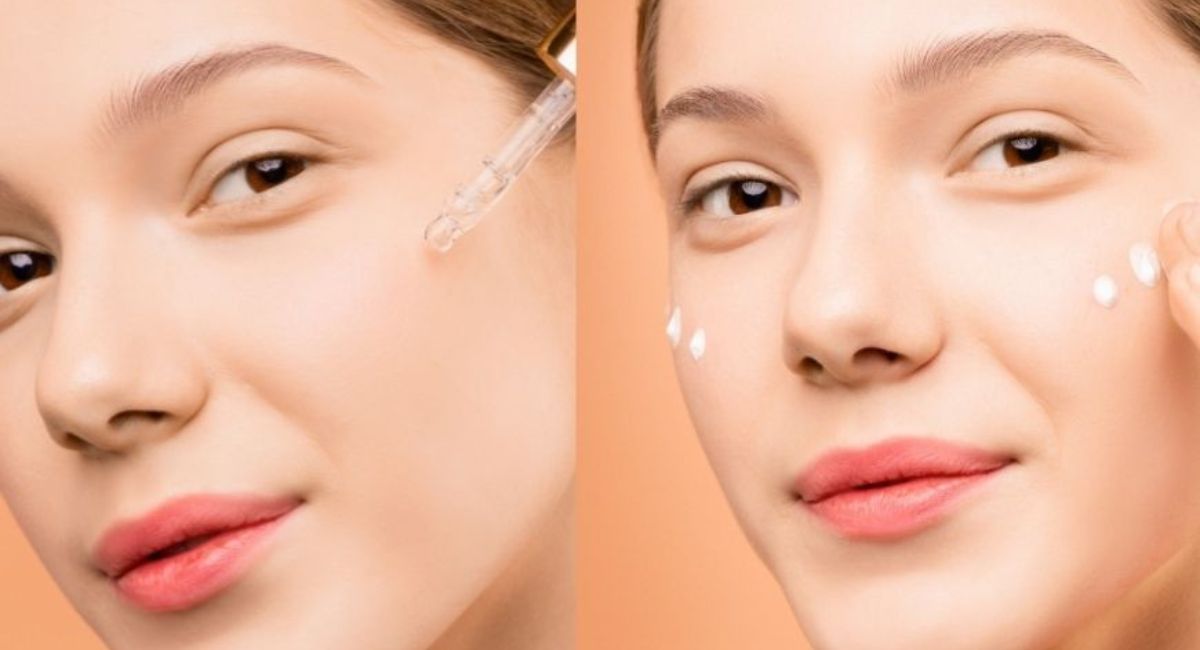
- Serum (most popular):
Fast absorption, concentrated actives, designed to layer under moisturizer and sunscreen. Ideal for most routines. - Cream:
Vitamin C combined with moisturizing agents; gentler feel and fewer steps, good for dry or sensitive skin. - Powder or “mix fresh” formats:
Highly stable until mixed; great for travelers or those who only use vitamin C occasionally. Requires careful mixing to avoid irritation or graininess.
Industry trends and innovations to know
- Micro-encapsulation:
Tiny carriers protect vitamin C from light and air, releasing it steadily to reduce irritation and extend potency. - Anhydrous (water-free) serums:
Oil or silicone bases slow oxidation and can feel silky, especially with THD or 3‑O‑ethyl forms. - Hybrid antioxidant cocktails:
Think vitamin C combined with resveratrol, green tea (EGCG), coenzyme Q10, or polyphenols for broader free-radical coverage. - Barrier-first formulas:
Newer serums layer vitamin C with ceramides, panthenol, or beta-glucan to keep the skin calm while brightening. - Fragrance-free, essential oil–free focus:More brands prioritize sensitive-skin-friendly formulas without common sensitizers.
How to store, judge freshness, and get every last drop
- Storage tips:
Keep your serum in a cool, dark place. If you live in a hot climate, a skincare fridge or the coolest cabinet helps slow oxidation. - Color and scent checks:
Clear to pale straw is normal for many LAA serums. Deep yellow to orange-brown and a sharp, metallic smell signal oxidation; it’s less effective and may be irritating. - Bottle size matters:
Smaller bottles can be fresher and finish before significant oxidation. Using 2–4 drops daily, a 30 ml bottle often lasts 2–3 months. - Application technique:
Don’t let the dropper touch your face to avoid contamination. Dispense into clean hands and press onto skin.
If vitamin C stings, pills, or breaks you out
- Stinging or redness:
Lower the strength, switch to a derivative, or apply over a hydrating serum. Check for fragrance or alcohol content if you’re sensitive. - Pilling under sunscreen or makeup:
Use less product, let each layer set for a minute, and avoid pairing with silicone-heavy primers at the same time. - Breakouts:
Look at the entire routine. Heavy occlusives or comedogenic oils might be the culprit, not the vitamin C. Try a lighter base or SAP formulas. - No results after months:
Reassess concentration, formula freshness, and sunscreen consistency. For stubborn spots, add azelaic acid or tranexamic acid at night.
Choosing the best vitamin C serum: quick picks by need
- For maximum brightening fast:
Choose L‑ascorbic acid 15–20% with vitamin E and ferulic acid in opaque packaging. - For sensitive starters:
Try magnesium ascorbyl phosphate 5% or ascorbyl glucoside 5–10% in a fragrance-free base. - For acne-prone:
Opt for sodium ascorbyl phosphate 5–10% in a lightweight, non-comedogenic serum. - For dry/mature skin:
Look for THD 10–20% in squalane or an anhydrous formula with soothing emollients. - For stubborn pigment:
Combine vitamin C AM with nightly azelaic acid or tranexamic acid; be patient and strict with SPF.
Frequently asked questions
- What percentage of vitamin C is best for beginners?
Start with 8–10% L‑ascorbic acid or 5% of a gentle derivative like MAP or SAP. If your skin tolerates it after a couple of weeks, you can increase. - Can I use vitamin C serum every day?
Yes. Most people do best with daily morning use. If you’re sensitive, every other day still delivers benefits. - Does vitamin C replace sunscreen?
No. Vitamin C enhances your defense against photoaging but doesn’t block UV rays. Always apply sunscreen as the final daytime step. - Can I combine vitamin C with niacinamide?
Absolutely. Modern formulations and real-world routines show they work well together. Niacinamide complements vitamin C by supporting the barrier and reducing redness. - Is it okay to use vitamin C and retinol?
Yes—just separate them. Use vitamin C in the morning and retinol at night, or alternate nights if you prefer evenings for both. - How long before I see dark spots fade?
Typically 8–12 weeks with consistent daily use and strict sunscreen. Deeper melasma may need longer and additional targeted ingredients. - Which vitamin C is best for acne-prone skin?
Sodium ascorbyl phosphate is a great option thanks to its gentle nature and compatibility with acne routines. Lightweight LAA serums can also work if they’re not heavy or fragranced. - My serum changed color—is it bad?
A slight yellow tint can be normal, but a strong yellow-orange or brown color indicates oxidation. It won’t be as effective; consider replacing it. - Can pregnant or breastfeeding people use vitamin C serum?
Vitamin C is generally considered safe. If you’re unsure, check with your healthcare provider and choose a simple, fragrance-free formula. - Should I apply vitamin C on damp or dry skin?
Either is fine. For LAA, lightly damp to dry skin minimizes sting and preserves effective pH. For derivatives, damp skin can boost comfort and spread. - Is powder vitamin C better than liquid?
Powders can stay stable longer and are great if you use vitamin C occasionally. Serums are simpler and more consistent for daily use. - Why does vitamin C tingle?
Low pH and high concentration can cause a brief tingle. It should fade quickly. Persistent burning or redness means it’s too strong or the formula doesn’t suit you. - Can I use vitamin C under my eyes?
Yes, if the formula is gentle and fragrance-free. Start with derivatives or lower strengths and avoid applying too close to the lash line. - Does vitamin C help with redness or rosacea?
It can help reduce oxidative stress and improve overall tone, but choose gentle derivatives and keep the routine soothing to avoid flare-ups.
A simple, confident next step
Pick a vitamin C format that fits your skin today—not the most hyped one. If you’re oily or acne-prone, start with a lightweight SAP or 10% L‑ascorbic acid. If you’re dry or sensitive, go for MAP, ascorbyl glucoside, or THD in a comfortable base. Use it in the morning, follow with moisturizer, finish with sunscreen, and give it 8–12 weeks. Your skin will look brighter, feel smoother, and hold that healthy, lit-from-within glow longer every day.

